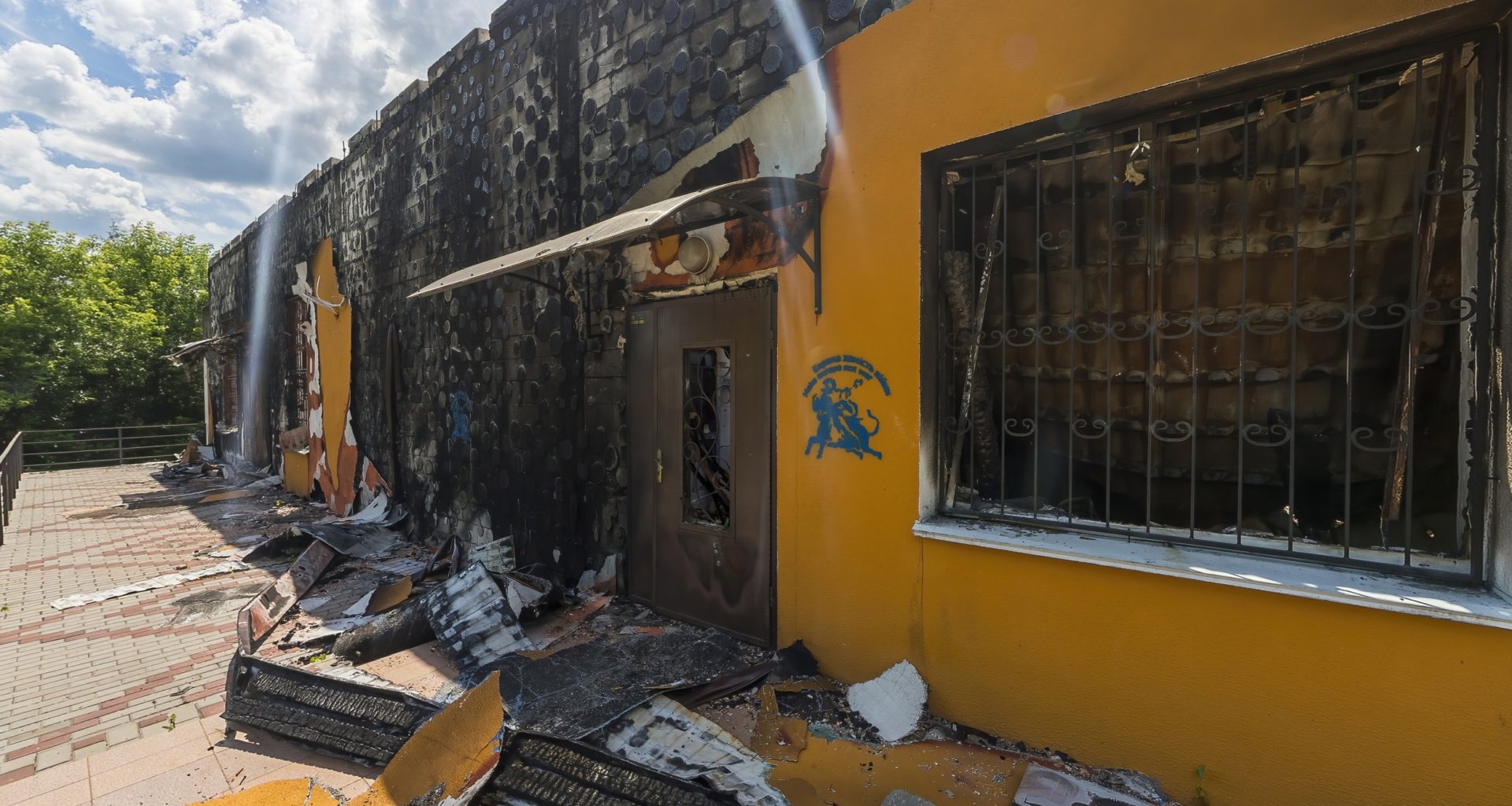Setting out to survey villages across Kyiv Oblast, an area grappling with the tragic wake of the 2022 springtime Russian invasion, my central aim is gauging the pace of communal healing. Are these formerly tranquil towns beginning to see the return of displaced residents, and do government plus global assistance efforts show signs of adequately aiding the recovery process? The answers remain complex, yet the resilience demonstrated at the ground level offers tentative hope. Kyivregiontours
Official assessments haven’t conveyed the extent of devastation across the Kyiv Oblast. Since it was liberated in April 2022, the dead bodies of over 1,500 killed civilians were discovered, with the majority falling victim to small arms fire or explosive devices. 24,300 residential buildings were damaged or destroyed, with another 3,000 infrastructure facilities affected. 227 schools and kindergartens, 125 administrative buildings, 128 medical facilities, and 138 cultural and religious buildings bear scars of the invasion.
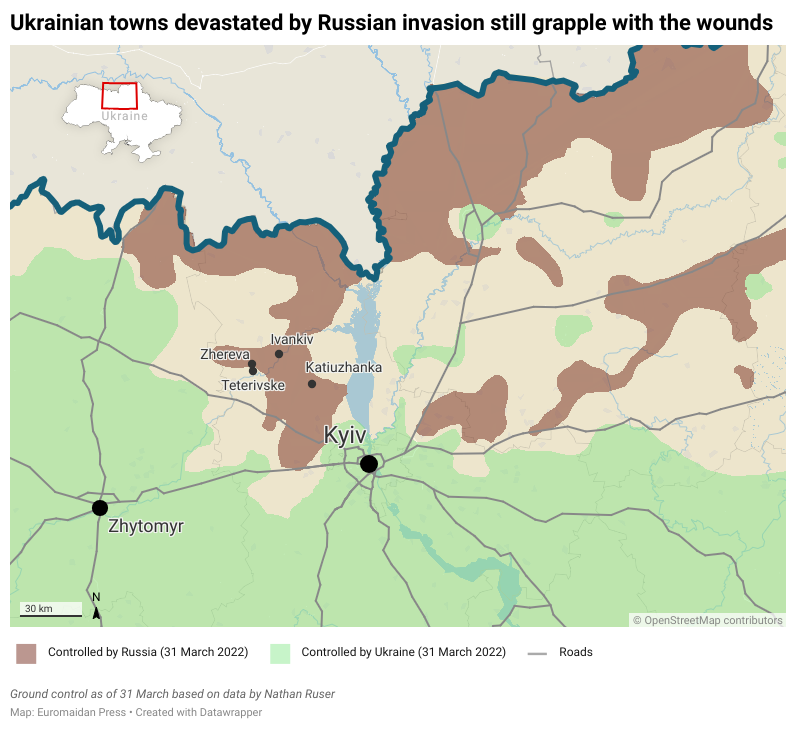
Teterivske: a village in ruins after the Russian invasion
My journey begins in Teterivske, a village about 100 kilometers from Kyiv. Once home to around 300 people, it was destroyed by Russian artillery in the first days of the full-scale invasion, as Russian troops lunged towards the Ukrainian capital from the northwest and northeast.
On 25 February 2022, following intense clashes with Ukrainian forces near Ivankiv, some Russian troops took the route through Teterivske, aming to block the crucial Kyiv-Kovel-Yahodyn road. However, Ukrainian forces were prepared and lying in wait in Teterivske. The Ukrainian military countered the Russian offensive in this crucial sector.
In 2022, the village took the Russian blow that was destined for Kyiv. Now, it lies in ruins: only ten people live in Teterivske. The village tells a depressing story—charred remnants and the absence of intact homes speak to the intensity of the Russian assault.
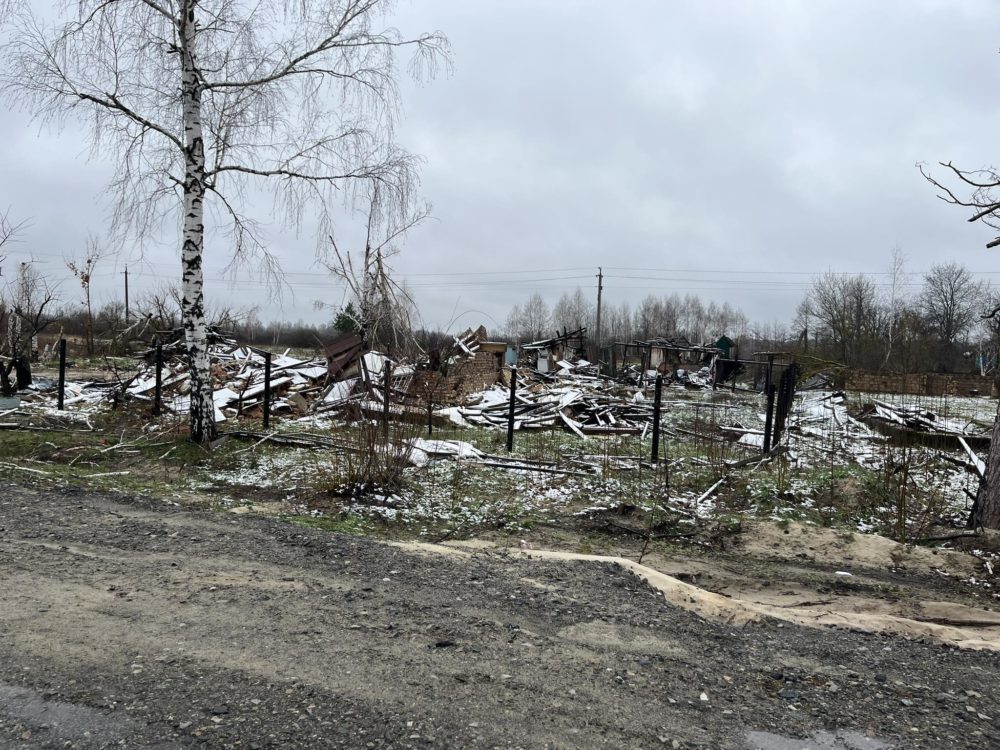
Venturing to the outskirts, I meet an anonymous resident cautious about revealing his identity due to family in Russia and Belarus. His silence stems from a fear that sharing his story might put his relatives at risk. Describing the Russian attack, he mentions Ukrainian forces putting up a strong defense, destroying tanks and armored vehicles. The Russian counter, an artillery barrage, missed Ukrainian trenches by a few hundred meters, devastating the territory of the villagers.
“In Teterivske, we had the ‘Edelweiss’ [10th Separate Mountain Assault Brigade – Ed.], a group of very young guys. It’s disheartening to see them fighting and dying instead of enjoying life. The ‘orcs’ [Russian soldiers – Ed.] attempted to enter Teterivske from the village of Zhereva, simply parading in. The Ukrainians set up an ambush and successfully destroyed an advanced detachment of Russians.
Several of their armored personnel carriers caught fire here, and the Russian soldiers’ bodies remained on the road for quite some time; no one removed them. In response, the Russians decided to retaliate by shelling the ‘square,’ resulting in the destruction of all the houses on the western outskirts of the village. Naturally, the Ukrainian military stationed in the trenches was unharmed. However, the overwhelming number of Russians eventually forced them to retreat from this location,” said the man, nervously smoking a cigarette.
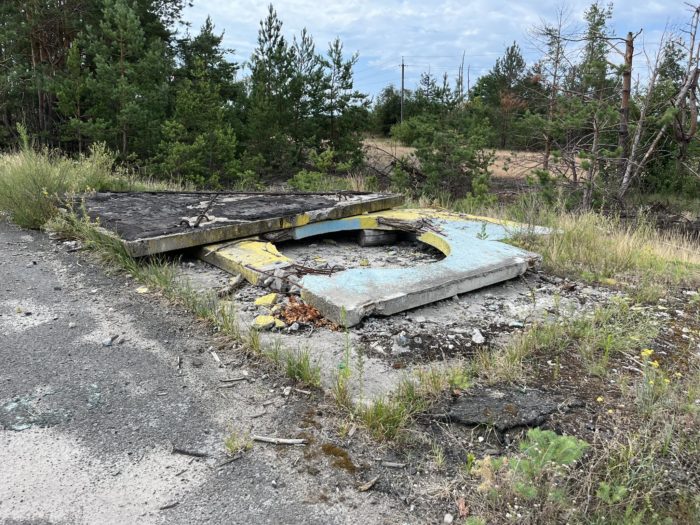
I asked this man about their life during the Russian occupation.
“Well, aside from the Russians stealing and looting everything in sight, things were okay. They were particularly searching for former Ukrainian soldiers and attempted to coerce some of my fellow villagers into cooperating, but no one wanted to. When the Ukrainian counteroffensive started, the Russians panicked and hastily took away the stolen property. Interestingly, their special forces unit was stationed here in Teterivske, where there were also several young women, seemingly snipers.
They were setting up an ambush for the Ukrainian military in the middle of the road between Teterivske and Zhereva. They partially succeeded, killing a few Ukrainian scouts, but the Ukrainians quickly wiped out the entire Russian unit. As a result, those young women lay dead in that ambush; many of the Russians were killed,” said the man, breathing heavily.
Many houses of Ukrainians destroyed by the Russian invasion in Teterivske still stand in ruins.
A local resident shares, “We understand that state funds and construction materials are limited and can’t aid all the victims and those in need. That’s why we sought assistance from various volunteer organizations, but even that was not enough. It’s very hard. I’m one of the lucky ones: my house remains relatively intact.”
Our conversation unfolds near a demolished bus stop. During our 10-minute conversation, I manage to gather a handful of shell fragments.
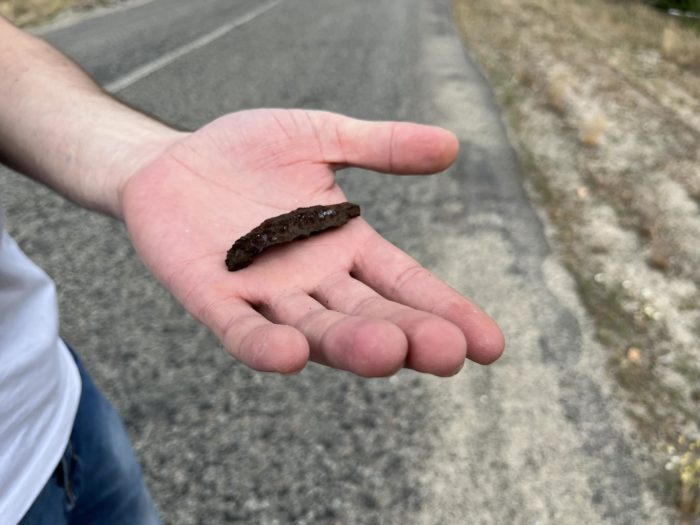
Massive shell craters surround us, rendering the area akin to a lunar landscape rather than an ordinary village. A local resident bids farewell as he departs for the village council, where humanitarian aid has just been delivered.
Ivankiv distances itself from memories of occupation with a new community center
Ivankiv, relatively close to Chornobyl, where the nuclear disaster occurred in 1986, had a population of 10,000 people prior to the Russian invasion. On 25 February 2022, Russian artillery damaged the museum of the famous artist Maria Prymachenko (1909-1997) and the administrative service center. I was devastated by this news because I thought that all the paintings of this world-famous artist had been destroyed.
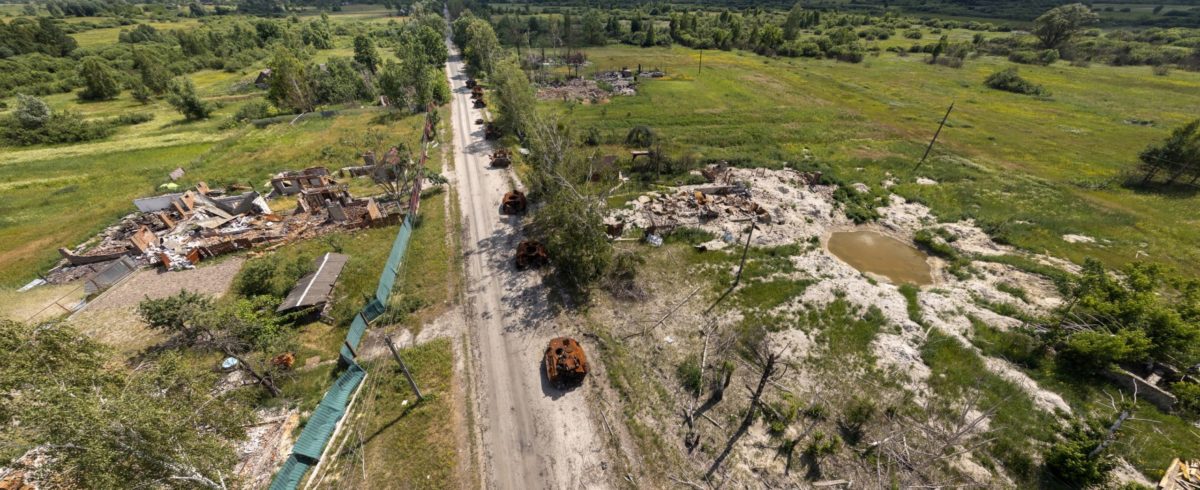
After Ukrainian troops regained control of this part of the Kyiv region, I visited Ivankiv dozens of times, and each time it seemed that the town would hardly be able to return to its former life. But fortunately, I was wrong.
Judging by the number of active people on the streets, shops, and the intensity of car traffic, life in Ivankiv is gradually returning to normal. Locals attempt to distance themselves from memories of the atrocities and looting of Russian soldiers during their month in Ivankiv in 2022. When I tried to talk about this, people flatly refused to recall the moments when they were afraid to go out into the streets.
One girl told me about Ivankiv’s modern achievements. According to her, “an important addition to the infrastructure of our city is the state-of-the-art Administrative Service Center” — the result of joint efforts by the UN Recovery and Peacebuilding Program, the European Union, and the Government of Canada.”
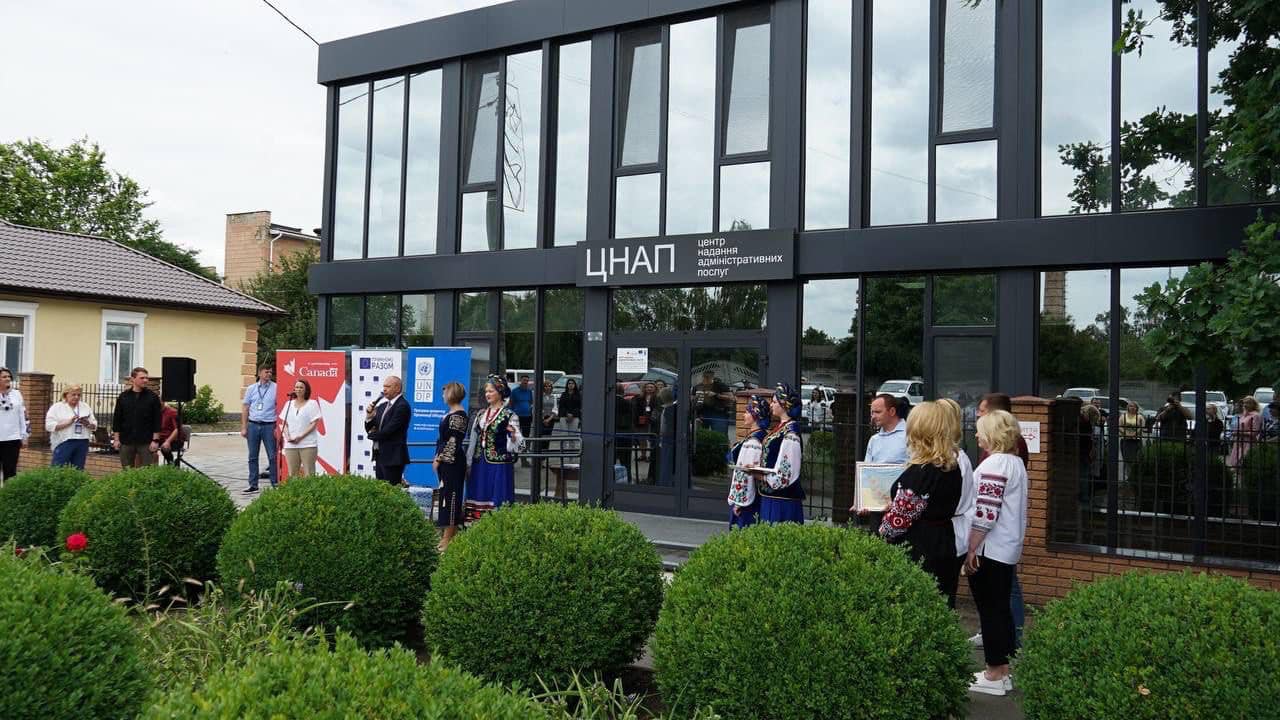
Indeed, the Administrative Service Center is located in a homey two-story downtown building. It provides over 190 administrative services to the city’s residents.With modern fixtures, accessibility, even a special kids’ nook, the center offers notable convenience for visitors. Frankly, this greatly helps Ivankiv residents and nearby villages to solve their needs in communication with Ukrainian state bodies.
Katiuzhanka: revitalized school in place of Russian torture chamber
Further southeast lies the village of Katiuzhanka, the subject of my report a year ago in Euromaidan Press. Once under prolonged Russian occupation, this village, located 60 kilometers from Kyiv, served as a base for advancing Russian units toward the capital.
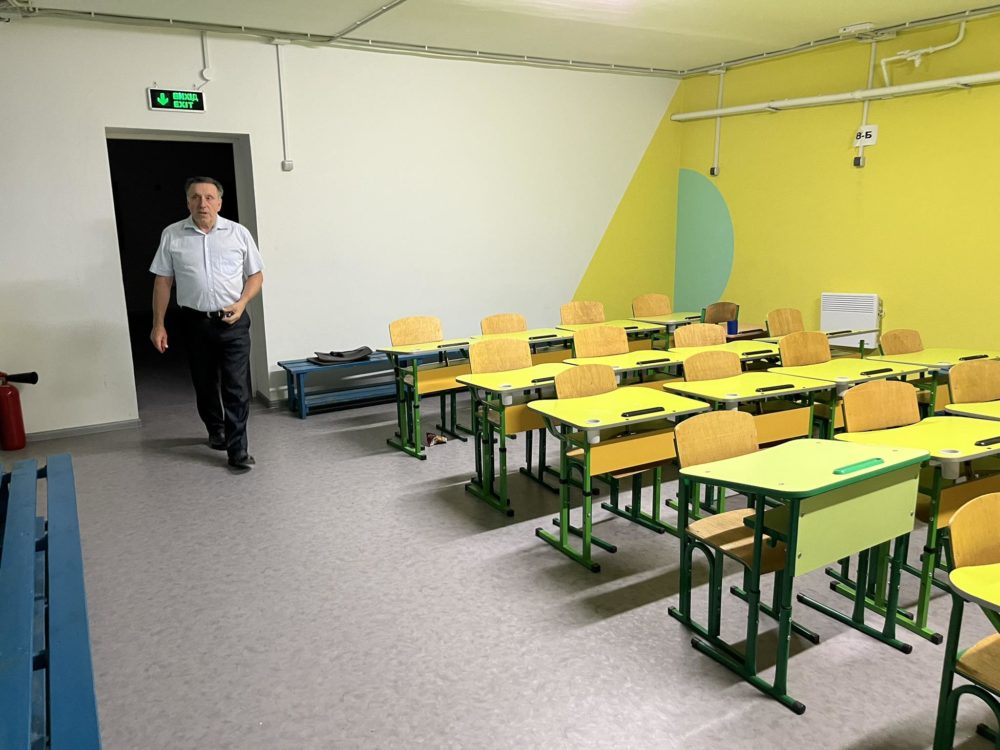
A local school was the epicenter of Russian military operations, where the invaders set up a torture chamber.
Now, little reminds of those times. Workers are sprucing up a nearby park, Moms chat on benches, watching their kids play soccer with gusto on the field—sights unlikely last year. The once gloomy school under occupation now hums with life.
Led by driven principal Mykola Mykychyk, the school has changed remarkably. After enduring Russian looting, teamwork between Ukraine’s government, international organizations, nonprofits and local leaders revived the place.
“Anatolii, as you see, big upgrades since your last visit,” the principal welcomed. “Over 50 new doors, shiny kitchen gear, and – critically – new computers. It shows our dedication to reviving modern schooling.”
Principal Mykychyk has a remarkable drive that I’ve seen in a few others. His dedication shows as he believes Ukraine’s future hinges largely on IT schooling. He led me to a classroom where standout local student Nazariy Mansyk works. Having won national computer competitions, Mansyk achieved renown as a specialist. Now backed by a scholarship, he and his teacher use a 3D printer to create equipment like drone parts.
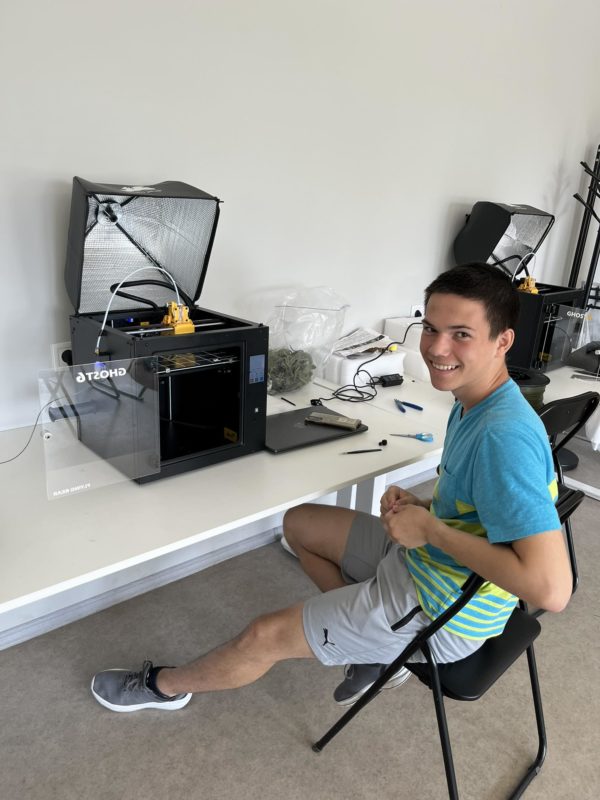
Mykychyk beams showing IT upgrades – never the school’s forte before. Our impromptu tour continued upstairs where a renamed “Bar Byelochka” (referring to delirium from heavy drinking) operated last year under Russian occupiers – now reinvented as a classroom. Renovations have utterly transformed the space and the whole school, with the basement indicating even more radical change. The Russians partially utilized it for torture.
Today it houses students underground – brand new classrooms, restrooms, generators, internet, and ventilation equipped to shelter all pupils safely despite outages. Mykychyk proudly shared that UNICEF and EU funds enabled such sweeping renovations. He aimed to detail further plans before interrupted by an arriving delegation as his deputy summoned him.
Frankly, this journey left me conflicted, witnessing a spectrum of human emotion from despair to courage. Many still grapple to move past the Russian invasion trauma. But work proves the strongest salve, which numerous locals clearly recognize. At minimum, they labor to adapt to war’s harsh new realities, though inner scars surely remain.
Related:
- Russian war crimes in Katiuzhanka: torture chamber, toilets in classrooms, and stolen lingerie
- “I had a bucket of liquid manure in case Russians wanted to rape me.” Stories from Ukraine’s deoccupied South
- Killed for refusing to shout “Glory to Russia!”: Russian war crimes in Trostianets
- He was a Putin fan. Then Russians bombed his house
- Bucha slowly comes to life after Russian massacre




